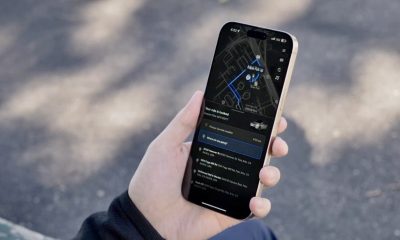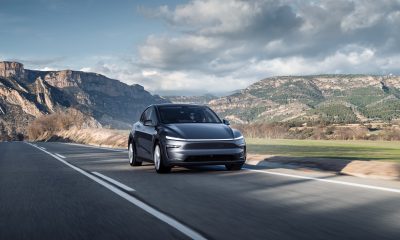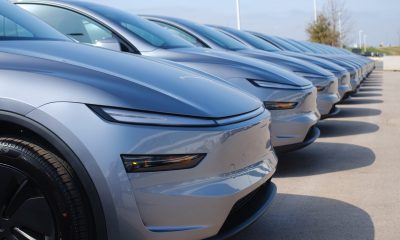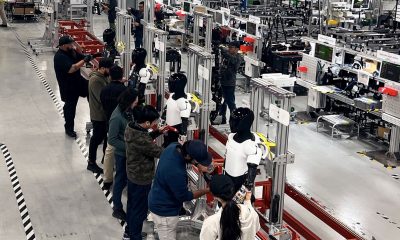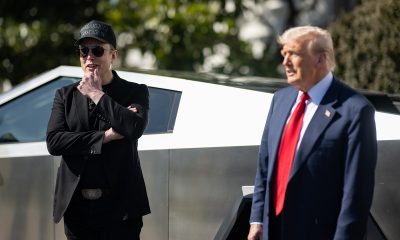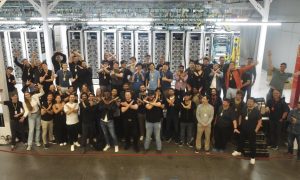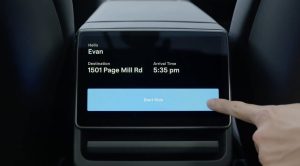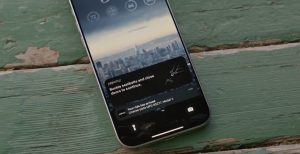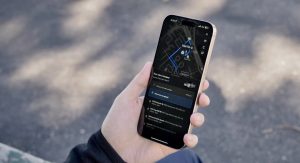News
Calling all Tesla Supercharger abusers: Don’t ruin it for the rest of us
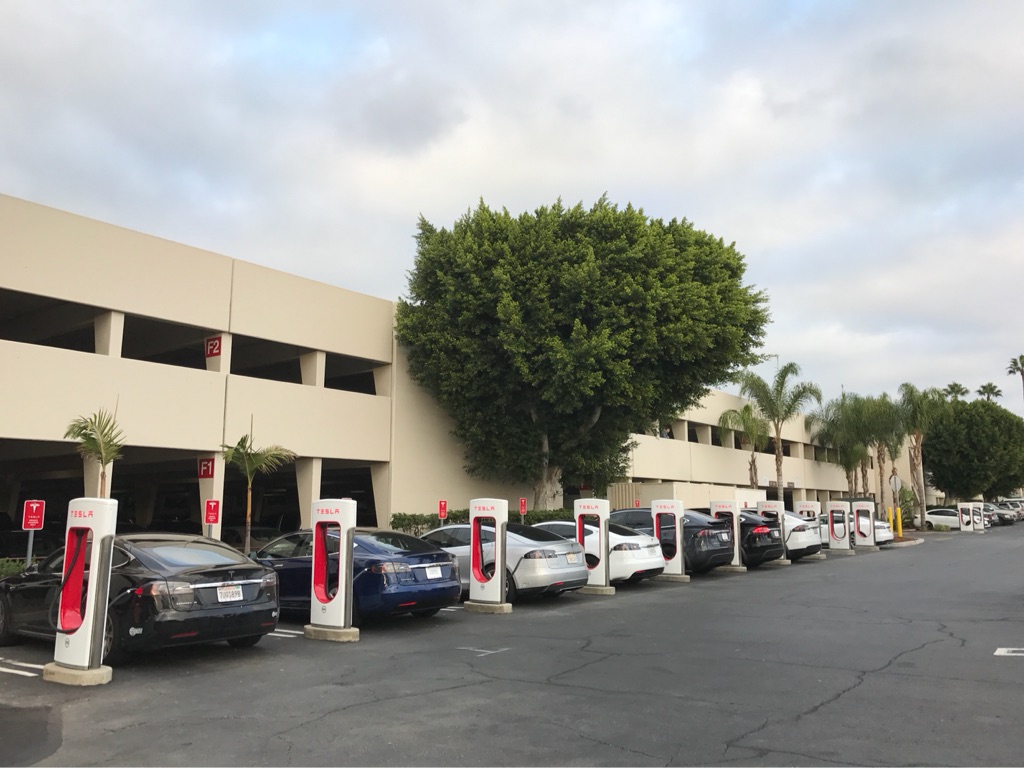
Full house at newly opened Santa Ana, Calif. Supercharger [Credit: achen]
Model S owner and French entrepreneur, Loic Le Meur, reached out to Elon Musk on Twitter yesterday to bring to light something Tesla and its driver have been struggling to curtail – Supercharger abuse. In this particular instance, Le Meur reports abuse taking place at the popular San Mateo Supercharger station in Silicon Valley, which apparently has become home to an increasing number of Tesla owners that use Supercharger stalls as parking spaces, without charging.
Musk quickly replied back with acknowledgement of the growing “issue”, further adding that Tesla “will take action”.
You're right, this is becoming an issue. Supercharger spots are meant for charging, not parking. Will take action.
— Elon Musk (@elonmusk) December 11, 2016
California has more electric cars than any other US state with Silicon Valley leading the way in terms of EV density. According to the Center for Sustainable Energy, 7 out of every 1000 cars registered in the tech. hub area are electric so it’s not surprising the often crowded Supercharger facility in San Mateo is heavily utilized.
What can Tesla do about Supercharger abuse?
What sort of action might Elon have in mind? Tesla could begin with friendly persuasion, a tactic the company adopted 18 months ago when it sent an e-mail to Model S owners identified by the company as abusing their Supercharger privileges. “The Supercharger Network’s intent remains to expand and enhance your long distance travel while providing the flexibility for occasional needed use during local trips. Our goal is to provide the best charging experience, keeping charge times low to get you back on the road as quickly as possible. As a frequent user of local Superchargers, we ask that you decrease your local Supercharging and promptly move your Model S once charging is complete….”
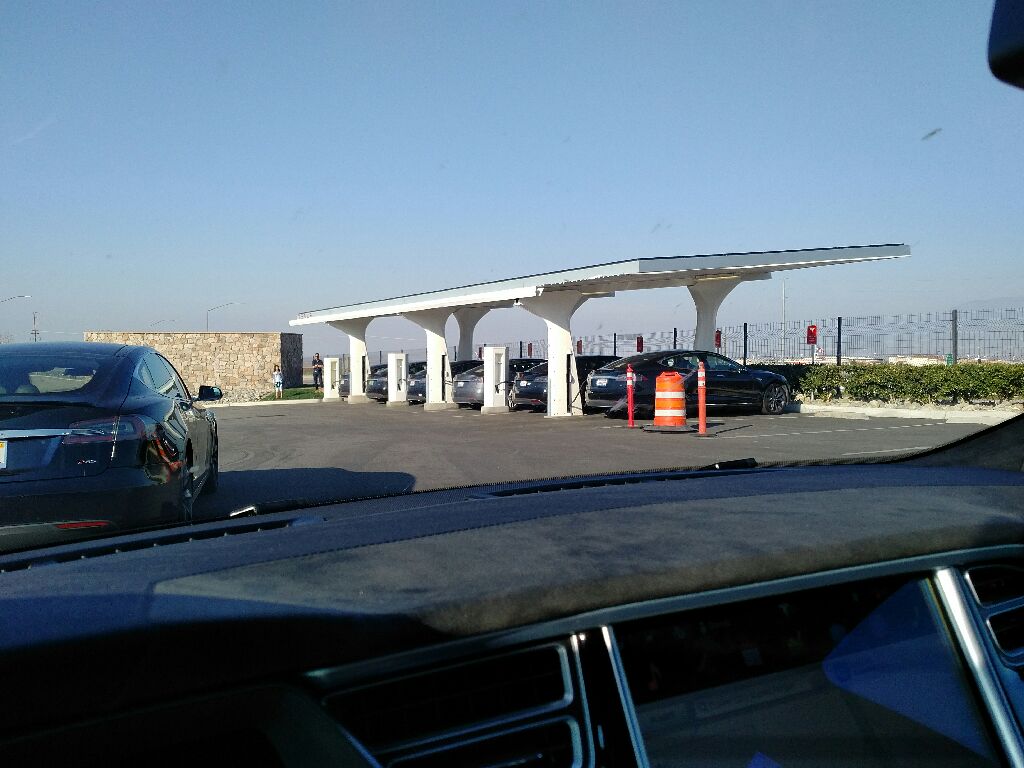
Line for charging at the Tejon Ranch Supercharger [Credit: EVA_2015]
In June, Electric Jen proposed five strategies for alleviating Supercharger congestion, including dedicated express chargers with clear time limits, valet services, publishing peak usage times so people could plan their charging times more efficiently, upgrading the Tesla in-car navigation program to notify others when a car is waiting to charge, or simply building more Superchargers. With regard to that last point, Tesla is aggressively adding to the number of Supercharger locations both in the US and around the world as it prepares for the the time when production of the Model 3 begins.
Tesla has already begun staffing valet attendants at the busy San Mateo Supercharger during known busy travel weekends. They enforce a 30-minute stay time while charging. Though this approach isn’t necessarily scalable, the company can just as easily enforce a time limit for free charging. After 30-minutes of being plugged in or once the vehicle has reached a 90-100% state of charge, the vehicle owner would incur a time-based or flat rate fee.
Being billed for Supercharger use via ‘credits’ is something that the company is already planning for and could extend to preventing Supercharger abuse. “For Teslas ordered after January 1, 2017, 400 kWh of free Supercharging credits (roughly 1,000 miles) will be included annually so that all owners can continue to enjoy free Supercharging during travel. Beyond that, there will be a small fee to Supercharge which will be charged incrementally and cost less than the price of filling up a comparable gas car. All cars will continue to come standard with the onboard hardware required for Supercharging.”, said Tesla through its blog post.
Also, as Tesla’s Full Self-Driving Capability begins to take shape, the company could automatically disconnect any car that has more than a 90% charge using its automated snake-bot charging system and have the vehicle drive itself to an open parking space.
While we wait on Tesla to come up with a means to deter Supercharger abuse, we’re making this open call to all existing abusers: Don’t be an EVhole and ruin it for the rest of us.
Elon Musk
Tesla says it has launched ride-hailing Robotaxi teaser to employees only
Tesla is using Full Self-Driving (Supervised) to court employees around in two areas.
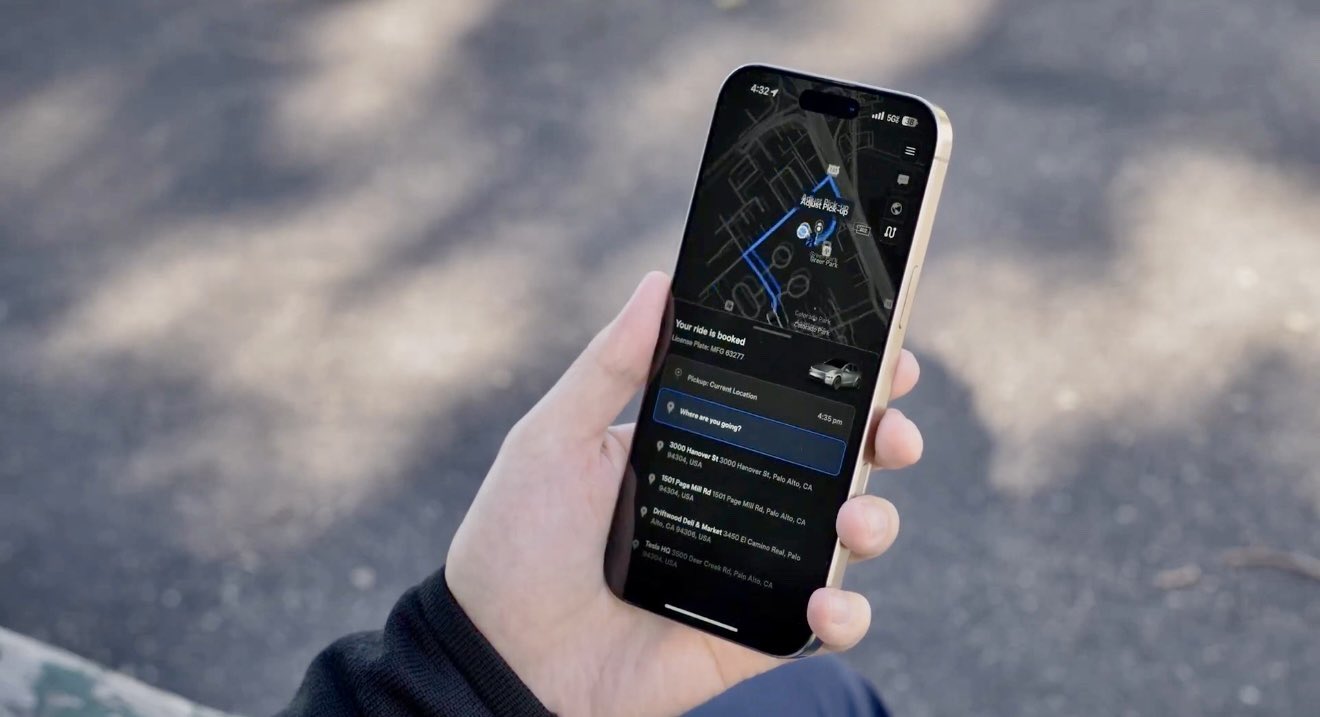
Tesla announced earlier today that it has already launched an abbreviated version of what will eventually be launched as its Robotaxi fleet in both Austin and the San Francisco Bay Area. It is available to employees, Tesla said.
The automaker did not specify exactly how long it has been operating the fleet, which uses the company’s Full Self-Driving (Supervised) suite, but it did indicate that it has completed over 1,500 trips, totaling 15,000 miles of driving.
FSD Supervised ride-hailing service is live for an early set of employees in Austin & San Francisco Bay Area.
We’ve completed over 1.5k trips & 15k miles of driving.
This service helps us develop & validate FSD networks, the mobile app, vehicle allocation, mission control &… pic.twitter.com/pYVfhi935W
— Tesla AI (@Tesla_AI) April 23, 2025
As seen in the video shared by the company, there is a human driver still responsible for keeping tabs on the car and its movements. It is not the version that Tesla plans to eventually roll out in June, which would be completely unsupervised.
Tesla said that using this service has helped develop and validate Full Self-Driving networks. It will also be used to create a mobile app that will facilitate ride requests, vehicle allocation, mission control, and remote assistance operations.
- Credit: Tesla
The app appears to be somewhat similar to the images Tesla shared of a mock-up version of the platform last year.
Right around this time in 2024, Tesla shared images of what would be the ride-hailing app for the company, enabling passengers to request a ride from a driverless robotaxi:
Tesla gives first look at Robotaxi-powered ride-hailing service app
We also know, according to Tesla App Updates on X, that Tesla will simply integrate this ride-hailing portion of the platform directly into the app the company already operates. There will be no dedicated app for requesting a ride:
🚨 Tesla will integrate Robotaxi ride-sharing directly into the app, there will be no specific and separate app for ride-hailing. https://t.co/bhq3aZcUcc pic.twitter.com/Rb8fFJdh2b
— TESLARATI (@Teslarati) April 23, 2025
The company said in 2024 when teasing the app:
“We have been investing in the hardware and software ecosystems necessary to achieve vehicle autonomy and a ride-hailing service. We believe a scalable and profitable autonomy business can be realized through a vision-only architecture with end-to-end neural networks, trained on billions of miles of real-world data.”
Tesla said it still remains on track to launch a pilot version of the Robotaxi program in Austin in June, something the company has reiterated several times since the start of the new year.
Elon Musk
Tesla analyst sees brighter future after Elon Musk reduces DOGE work
Wedbush hikes TSLA’s price target after Musk says he’s cutting back on DOGE. Analyst Dan Ives calls it a “turning point” for Tesla’s story.
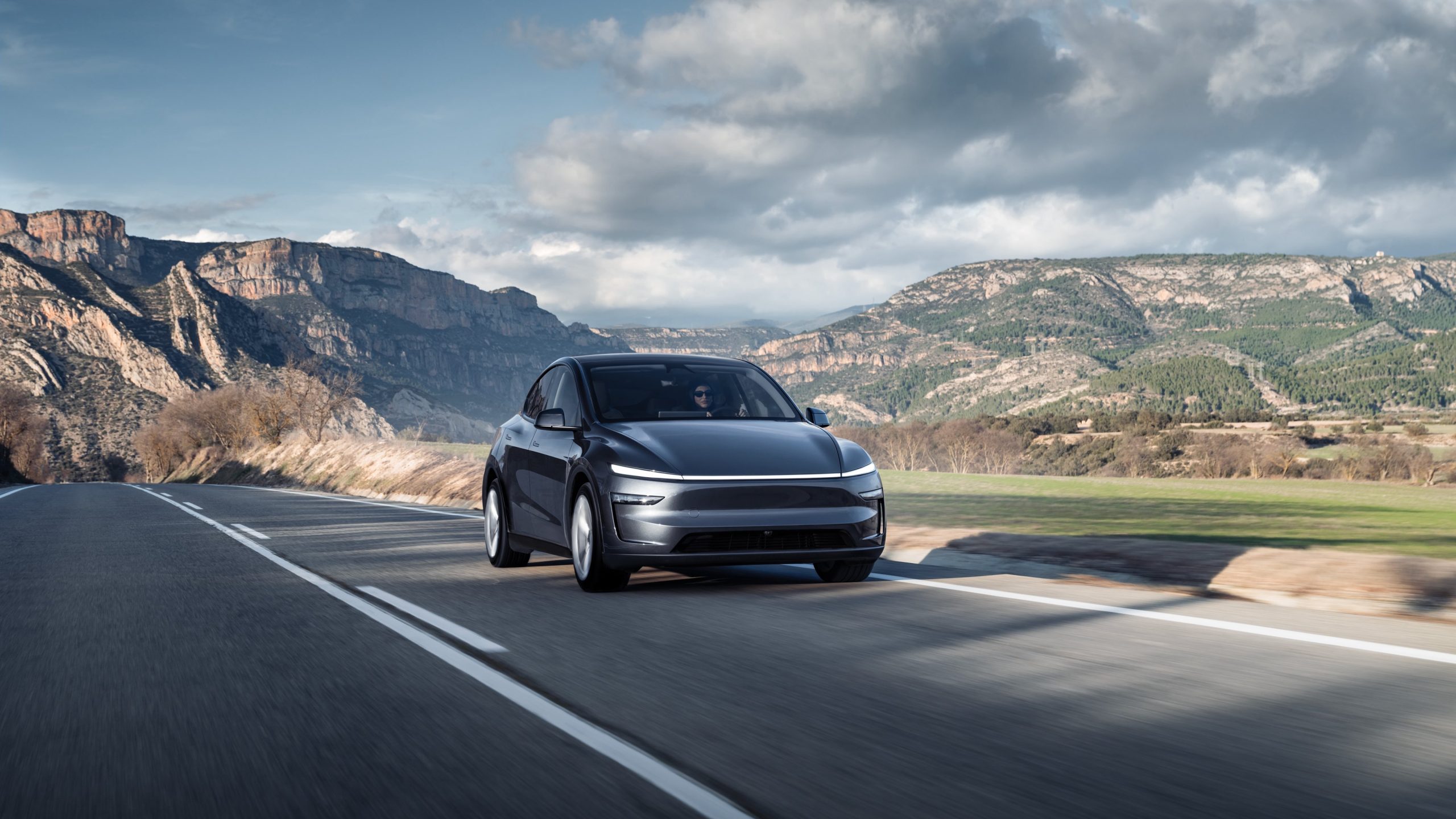
Wedbush Securities analyst Daniel Ives sees a brighter future for the automaker now that Elon Musk plans to reduce his time with the DOGE team. After the company’s latest earnings call, the long-time TSLA bull raised Tesla’s price target from $315 to $350 with a BUY rating.
“Last night was a pivotal conference call for Musk to turn the corner from this dark chapter as 1Q numbers [ending] a disaster quarter in which deliveries were very soft and Tesla missed the Street on basically every metric.
“More important than numbers, this was the time [Elon] Musk could pivot, speak to shareholders/employees, and take a turn away from the DOGE/Trump White House and recommit as CEO of Tesla…and he did it loudly and clearly in a conference call that we view as a turning point in the Tesla story,” Ives said after Tesla’s earnings call.
Before Tesla’s Q1 2025 earnings call, the Wedbush analyst said the company was at a crossroads. He listed six factors that might be affecting Tesla, which he believed the company should address. Number one on Ives’ list was Tesla’s ascension to a global political symbol associated with the Trump Administration and DOGE.
It must be noted that these are Ives’ opinions and do not apply to the entire public. Some groups separate Elon Musk and Tesla from President Trump and his administration.
During the recent TSLA earnings call, Elon Musk made the separation more apparent partly by announcing that he would significantly reduce his time with DOGE.
“And I think starting probably next month, May, my time allocation to Doge will drop significantly…But starting next month, I’ll be allocating far more of my time to Tesla and now that the major work of establishing the Department of Government Efficiency is done,” Musk said.
Musk also shared his stance on Trump’s auto tariffs, differentiating himself further from the U.S. President and the current administration.
“And I undoubtedly, I’m gonna get a lot of questions about tariffs. And I just wanna emphasize that the tariff decision is entirely up to the President of the United States. I will weigh in with my advice with the President, which he will listen to my advice. But then it’s up to him, of course, to make his decision.
“I’ve been on the record many times saying that I believe lower tariffs are generally a good idea for prosperity, but this decision is fundamentally up to the elected representative of the people being the President of the United States. So, you know, I’ll continue to advocate for lower tariffs rather than higher tariffs, but that’s all I can do,” Musk said.
News
Tesla units delivered in America have 100% ‘MADE IN THE USA’ battery packs
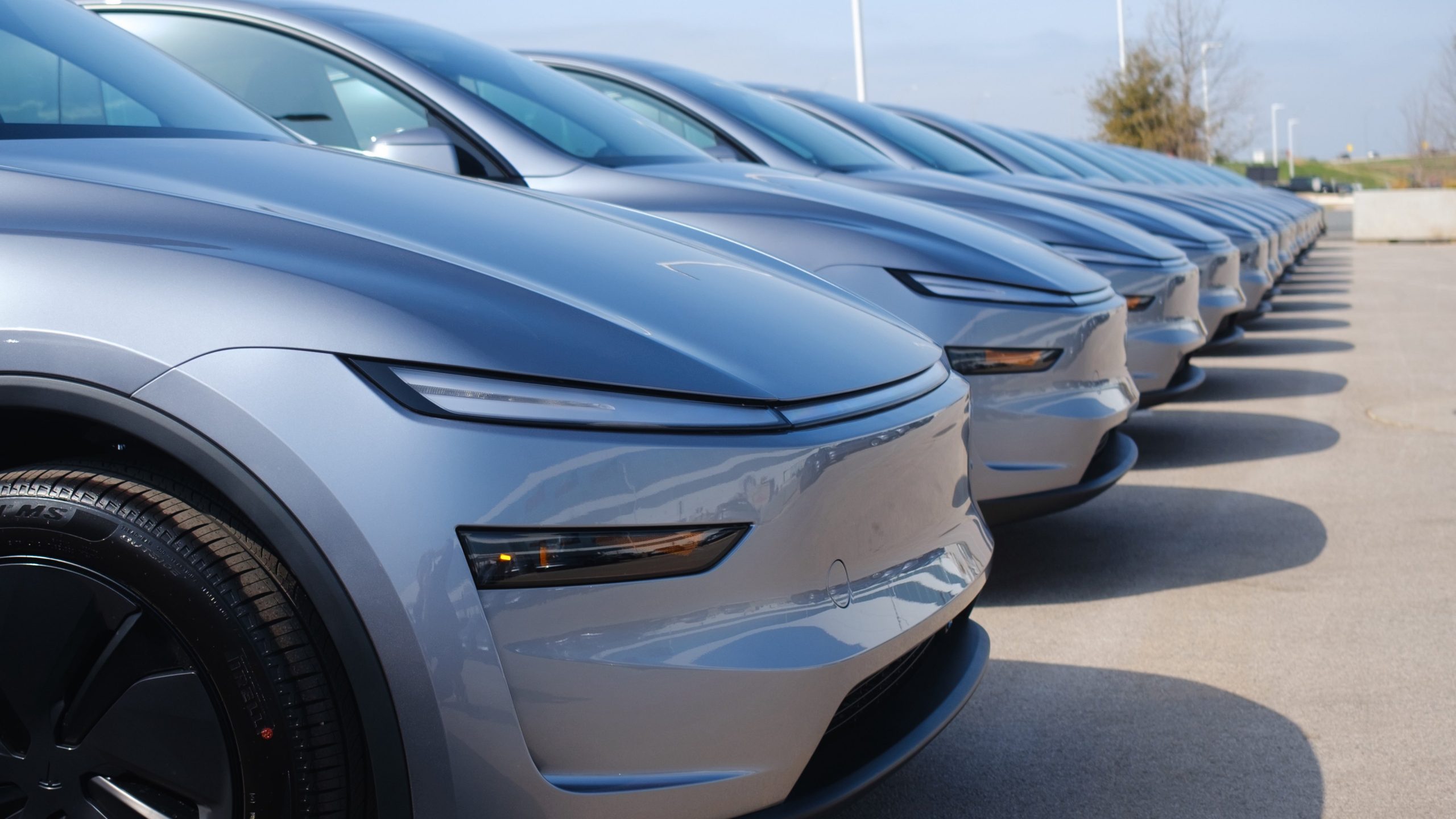
In its Q1 2025 Update letter, Tesla shared that all Model Y and Model 3 units delivered in America use 100% U.S.-built battery packs. The announcement reveals Tesla’s forward-thinking strategies and showcases how prepared it is to take on President Trump’s auto tariffs.
“Gigafactory Nevada achieved record battery pack production. Model 3 and Model Y deliveries in the U.S. are now made with 100% U.S.-built battery packs,” noted Tesla in its recent update letter.
During the TSLA Q1 2025 earnings call, Tesla’s Supply Chain Executive, Karn Budhiraj, noted that the company is regionalizing its batteries to mitigate supply chain risks.
“Building on our efforts to reduce supply risk, we have developed our 4680 supply to ensure each component is sourced from at least two countries of origin.” added Tesla in its letter.
Karn clarified that Tesla adopted its regionalization strategy before the pandemic and accelerated efforts after the pandemic. Tesla’s strategy to mitigate supply chain risks includes supply diversification, dual sourcing, vertical integration, advanced analytics, and local partnerships.
Elon Musk commented that Tesla might be the most vertically integrated car company since Henry Ford’s time. He pointed out that Tesla already has a lithium refinery in South Texas and a cathode refinery in Austin. He added that Tesla could have an anode refinery or figure out how to eliminate that part of the cell.
“That’s the dream, [for] lithium batteries to not have an anode. But either way, we better have the anode, the cathode, the lithium, and the electrolytes, and the separator to make a cell. But, there’s no other car company that is building lithium refineries and cathode refineries. Were ridiculously vertically integrated. And that’s our best position to protect against supply chain disruptions,” Musk said.
In its update letter, Tesla noted that its lithium refining and cathode production plants are on track to start production this year. The two Tesla refineries will on-shore production of critical battery materials in the United States, an essential task considering Trump’s auto tariffs.
-
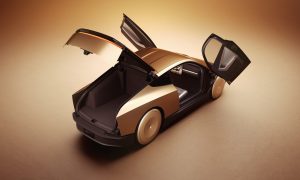
 Elon Musk5 days ago
Elon Musk5 days agoTesla doubles down on Robotaxi launch date, putting a big bet on its timeline
-
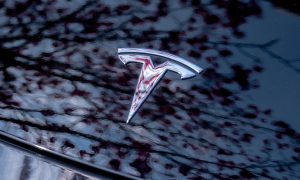
 News1 week ago
News1 week agoTesla’s top investor questions ahead of the Q1 2025 earnings call
-
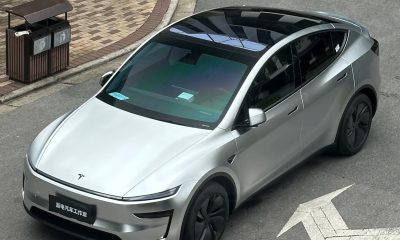
 Investor's Corner2 weeks ago
Investor's Corner2 weeks agoTesla bull sees company’s future clearly: Cathie Wood
-
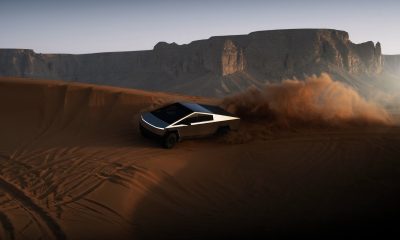
 Cybertruck2 weeks ago
Cybertruck2 weeks agoTesla confirms Cybertruck will make its way out of North America this year
-
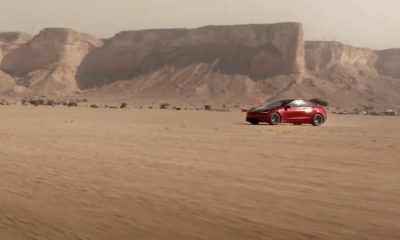
 News2 weeks ago
News2 weeks agoTesla might benefit from Trump’s plans for Saudi Arabia
-
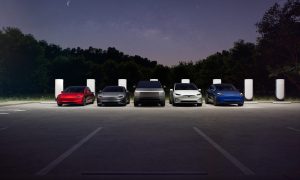
 Elon Musk2 weeks ago
Elon Musk2 weeks agoTesla stock woes are ‘overblown’ considering long-term catalysts: analyst
-
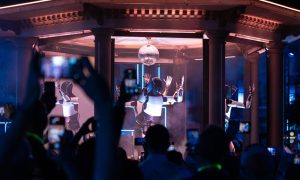
 News2 weeks ago
News2 weeks agoTesla ramps Optimus hiring efforts with 80 job openings
-
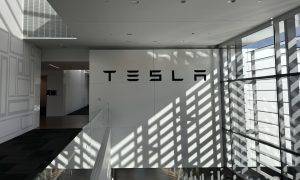
 News2 weeks ago
News2 weeks agoDestroying Tesla stores partially acceptable, says nearly 40% of U.S. study’s respondents

